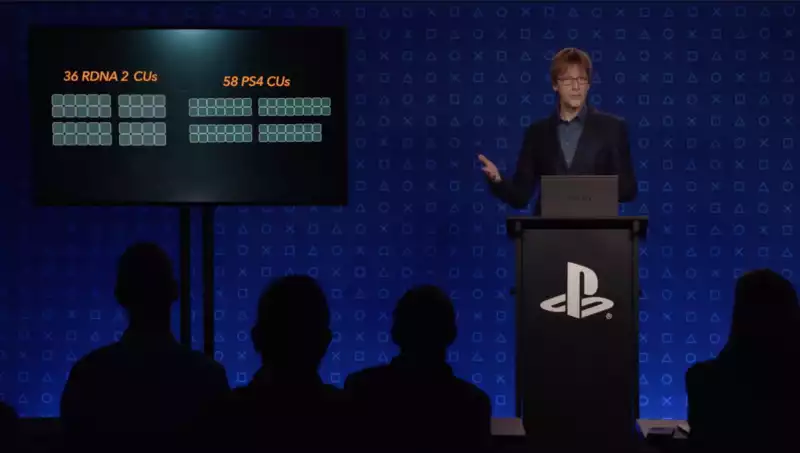The man responsible for the PS5 has once again delved deep into the system's key hardware areas, showing off the console's power in incredible detail.
In an interview with Digital Foundry (posted below), Mark Cerny, lead system architect for PS5, revealed the technical details of how Sony's new console will deliver next-generation gaming experiences. This follows his Road to PS5 presentation, which he gave via live stream in March.
He explained that boost clocks often mean variations in performance from console to console, so PS5 uses a complex algorithm that takes in more than temperature data to ensure that the output is consistent across all PS5 consoles.
The PS5 CPU and GPU run at or near their maximum frequencies, as Cerny revealed in Road to PS5. This means that while the PS5 will run cooler and more efficiently, power usage will vary so that game developers can get performance when they need it.
SSDs are designed to access data in a different way than a typical solid state drive, which should result in faster loading speeds. Theoretically, loading of certain in-game elements can begin in as little as one or two frames after the game requests the data, rather than 250 milliseconds as on a regular HDD. This means that the game can be redesigned without hidden loading areas (e.g., a narrow path leading between two different detailed environments), as Cerny mentioned in his first talk.
It also means that less data will be held in the system's RAM, leaving more space to perform other tasks. This feature also allows for smaller game file sizes, since PS5 allows for quicker access to specific data at any time, without the need to duplicate data.
3D audio and the Tempest engine that assists in its execution was another major part of Cerny's presentation and is also detailed in the Digital Foundry piece. The system, which uses hundreds of virtual sound sources, requires no special hardware and can make the most of existing audio setups. It can also be individually adjusted to the shape of the head and ears, making the audio as immersive as possible for each user.
3D audio will not be available to everyone at launch because of the immense variety of audio systems that users may own. However, according to Cerny, the basics are in place and are currently being optimized. Happily, if PS5 launches around November, the same time as the Xbox Series X, it should be ready for headphone users: Sony is engaging developers with very specific information, rather than the bland messaging of the Xbox Series X, which is aimed at a more general audience Sony is continuing to focus on the "what's in it for you" aspect of its business. Sony already has an advantage in the market, with more PS4 units on the market worldwide than Xbox units, but a more straightforward PS5 launch event revealing games and features would be a good idea
.









Comments